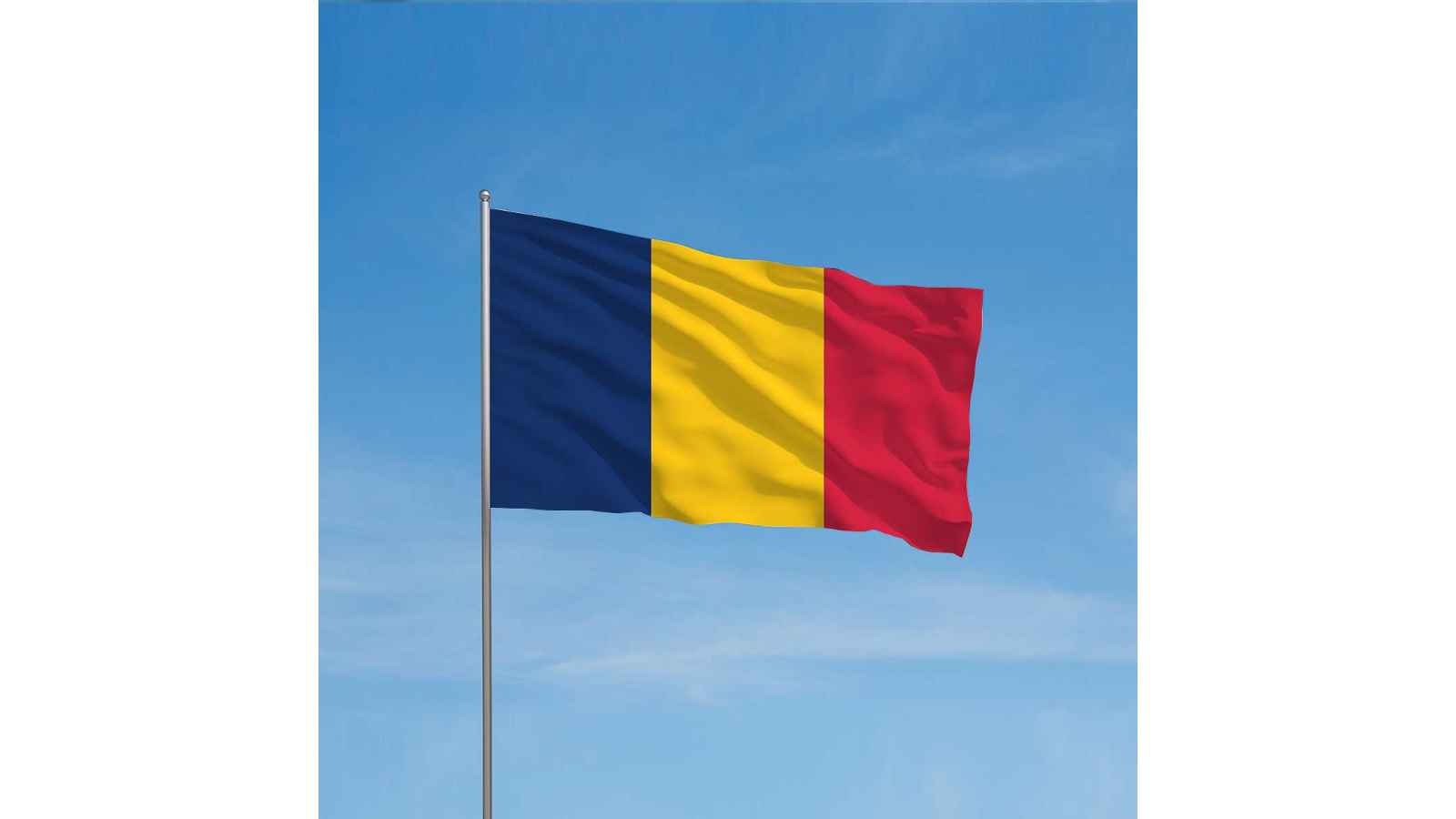Independence Day of Chad is annually observed on August 11. After being colonised by France in the 1890s via a military expedition, the country attained independence in 1960. It is bordered by the Central African Republic, Nigeria, Libya, Niger, and Sudan, and its natural resources are gold and uranium. After independence, the first president of Chad was Francois Tombalbaye. After achieving independence, the country confronted numerous difficulties, which culminated in a civil war in 1965 following a tax revolt. Tombalbaye was murdered during a coup in 1975. In 1979, civil conflict broke out and lasted for three years. However, this did not mark the end of the nation’s struggle.
The background of Chad Independence Day
Chad, the fifth-largest country in Africa, is believed to be one of the locations where humans first surfaced. Chad has a lengthy and complicated history and was an integral part of some of Africa’s most powerful empires, including the ‘Kanem-Bornu,’ which arose in the southwest of the country. The Chad became a French colony in the early 20th century, after which it became a nation-state. In 1913, France annexed the territories of the Sudanese conqueror Rabih al-Zubayr: ‘Kanem-Bornu,’ ‘Baguirmi,’ and ‘Ouaddai.’ This included the French colony of Equatorial Africa and the ‘Ubangi-Shari’ region (Republic of the Central African Republic). In the conflict between Rabih and French troops over these countries, Rabih was slain, and the French restored the traditional sultanate of the ‘Kanembu’ family. They governed the contemporary Chad as a protectorate.
The conclusion of World War II would also mark the end of the harshest colonial policies. In 1946, both compelled labour and political parties were abolished. The Chadian Progressive Party (P.P.T.) and the Chadian Democratic Union (U.D.T.) were the two dominant political organisations in the independence struggle against France. U.D.T. catered to the Muslim community, while P.P.T. dominated the south of the country. The P.P.T. was the most powerful party at the close of the colonial period, and after independence was declared in 1960, it became the ruling party.
As soon as Chad achieved independence, the first signs of impending doom became apparent. As soon as he assumed power, the nation’s first president, Francois Tombalbaye, centralised all decision-making in the presidency and reduced the legislature to a mere advisory entity. By 1962, Tombalbaye had eliminated all formal opposition parties, expelled all opponents, and made Chad a one-party state.
World Lion Day 2023: Date, History, Facts about Lion
Vlogging Day 2023: Date, History, Facts, Activities
Update Your Bio Day 2023: Date, History, Facts, Events
5 fascinating facts about Chad
The north of Chad is extremely hot, the country’s centre is a blend of desert and tropical climate, and the south has a more pleasant tropical climate.
Tourists from all over the globe visit the Tibesti Mountains to observe the “Toubou” tribe, whose camel races are considered the best in the world.
Approximately one-third of Chad is occupied by the world’s third-largest, hottest desert.
Lake Chad is the second largest lake in Africa and the country’s defining wetland.
Chad is known as “The Tower of Babel” because it is home to more than 200 ethnic groups who speak at least 100 different languages.
CHAD INDEPENDENCE DAY DATES
| Year | Date | Day |
|---|---|---|
| 2023 | August 11 | Friday |
| 2024 | August 11 | Sunday |
| 2025 | August 11 | Monday |
| 2026 | August 11 | Tuesday |
| 2027 | August 11 | Wednesday |



